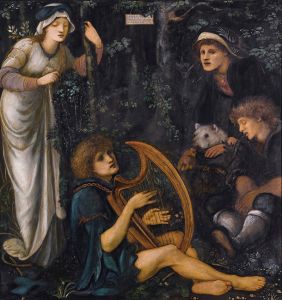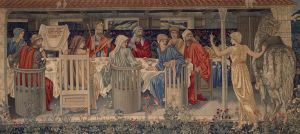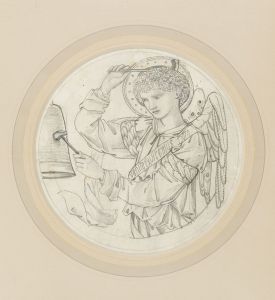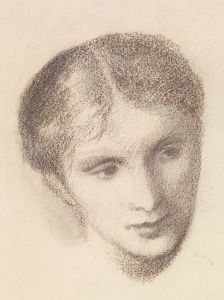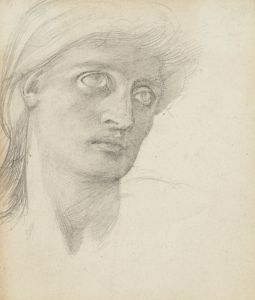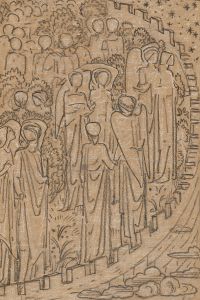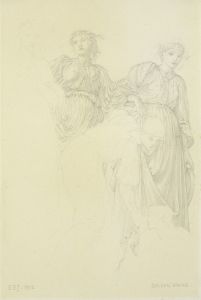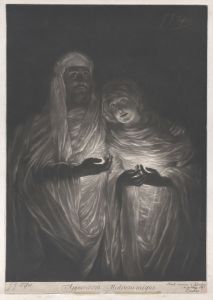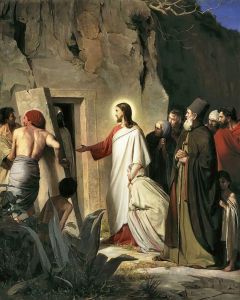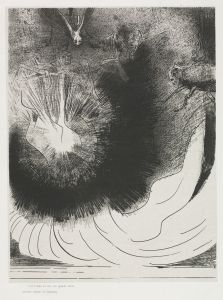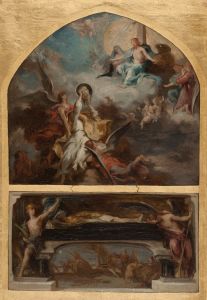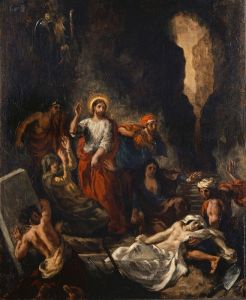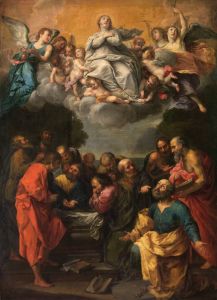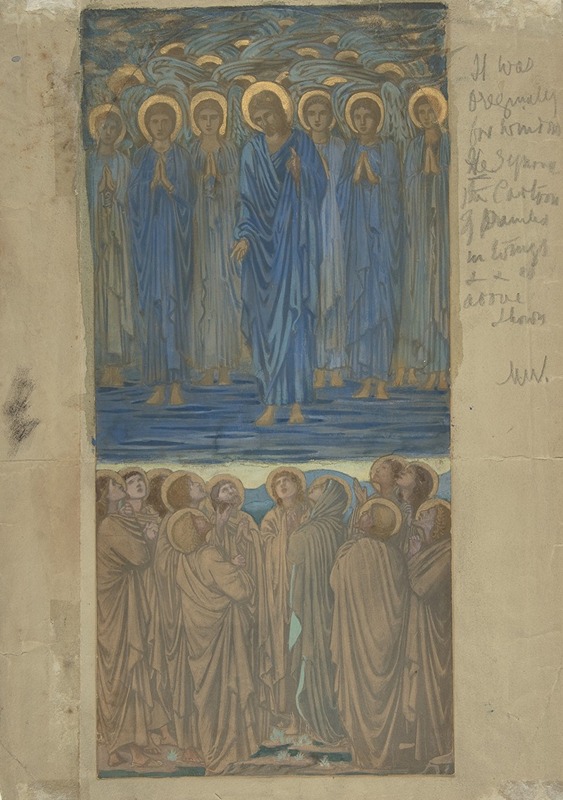
Ascension of Christ
A hand-painted replica of Sir Edward Coley Burne-Jones’s masterpiece Ascension of Christ, meticulously crafted by professional artists to capture the true essence of the original. Each piece is created with museum-quality canvas and rare mineral pigments, carefully painted by experienced artists with delicate brushstrokes and rich, layered colors to perfectly recreate the texture of the original artwork. Unlike machine-printed reproductions, this hand-painted version brings the painting to life, infused with the artist’s emotions and skill in every stroke. Whether for personal collection or home decoration, it instantly elevates the artistic atmosphere of any space.
Sir Edward Coley Burne-Jones was a prominent British artist and designer associated with the later phase of the Pre-Raphaelite movement and the Arts and Crafts Movement. His work is characterized by its romantic style, medieval subjects, and intricate detail. Among his many works, "Ascension of Christ" is a notable painting that reflects his interest in religious themes and his unique artistic style.
"Ascension of Christ" by Burne-Jones depicts the biblical event of Christ's ascension into heaven, a subject that has been a popular theme in Christian art for centuries. The painting captures the moment described in the New Testament when Jesus, after his resurrection, ascends to heaven in the presence of his disciples. This event is significant in Christian theology as it marks the end of Christ's earthly ministry and his exaltation.
Burne-Jones's interpretation of the Ascension is marked by his characteristic use of elongated figures and ethereal, dream-like qualities. The figures in the painting are often depicted with a sense of grace and serenity, emphasizing the spiritual nature of the event. The composition likely includes Christ at the center, ascending with a sense of divine light surrounding him, while the disciples and possibly angels witness the miraculous event. The use of color, light, and form in Burne-Jones's work often creates a sense of otherworldliness, drawing the viewer into the mystical experience of the scene.
Burne-Jones was known for his meticulous attention to detail and his ability to convey emotion through his art. His works often reflect a deep understanding of religious and mythological themes, and "Ascension of Christ" would be no exception. The painting likely incorporates elements of symbolism and allegory, common in Burne-Jones's work, to convey deeper spiritual meanings.
The artist's style was heavily influenced by his association with the Pre-Raphaelite Brotherhood, a group of artists who sought to return to the detail, intense colors, and complex compositions of pre-Renaissance art. Burne-Jones, although not an original member, was closely associated with the movement and shared its ideals. His works often reflect a blend of medieval romanticism and a modern sensibility, making them unique in the landscape of 19th-century art.
Burne-Jones's contribution to the arts extends beyond painting; he was also involved in designing stained glass, tapestries, and other decorative arts. His collaboration with William Morris, a fellow artist and designer, was particularly significant in the development of the Arts and Crafts Movement, which emphasized craftsmanship and the beauty of handmade objects.
"Ascension of Christ" exemplifies Burne-Jones's ability to blend religious narrative with his distinct artistic vision. While specific details about the painting's creation, such as its exact date or current location, may not be well-documented, it remains an important part of Burne-Jones's oeuvre and a testament to his skill in depicting spiritual and mythological themes.
In summary, Sir Edward Coley Burne-Jones's "Ascension of Christ" is a reflection of his mastery in combining religious themes with his unique artistic style. The painting captures the essence of the Ascension with grace and detail, characteristic of Burne-Jones's work, and stands as a significant piece within the context of 19th-century British art.





